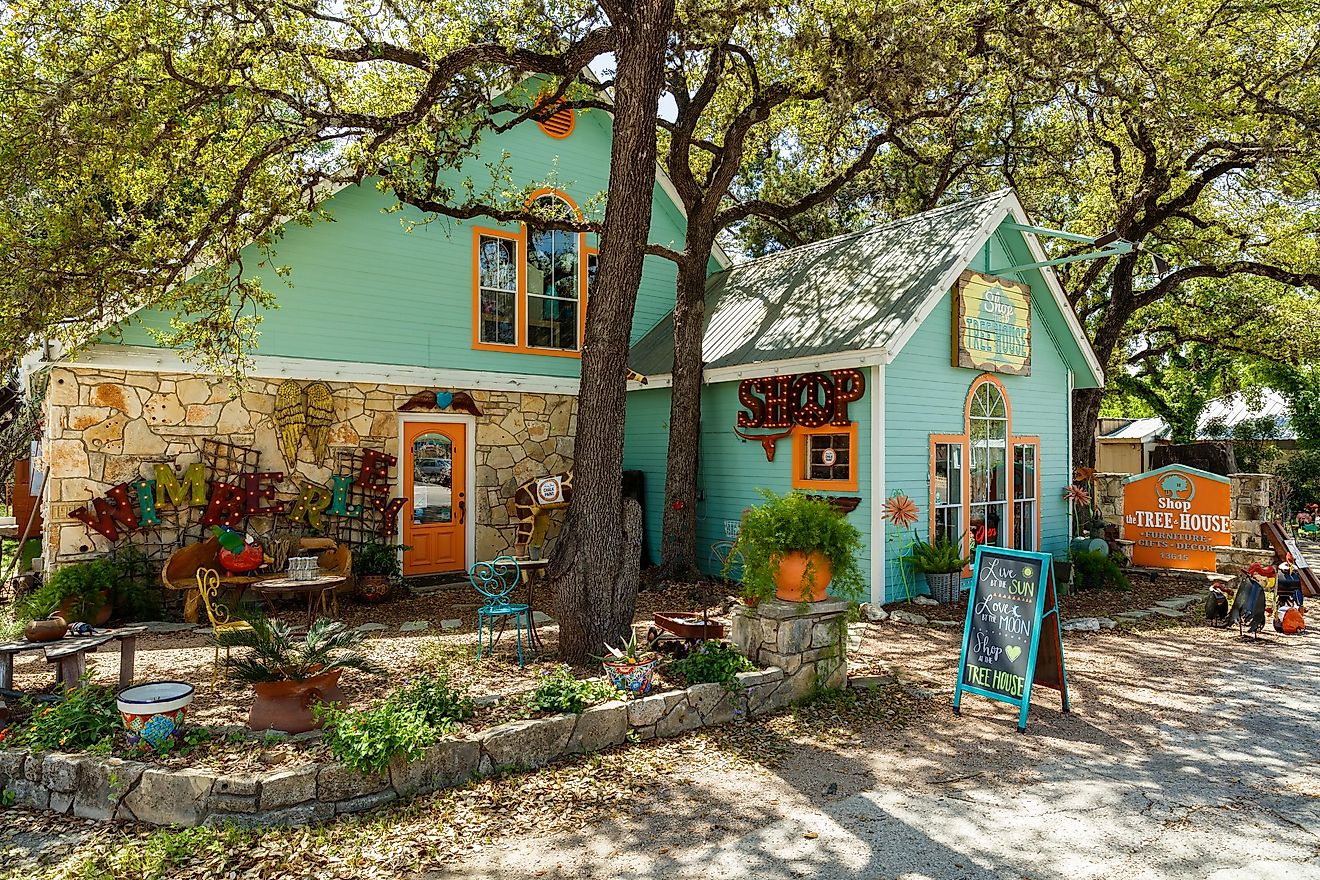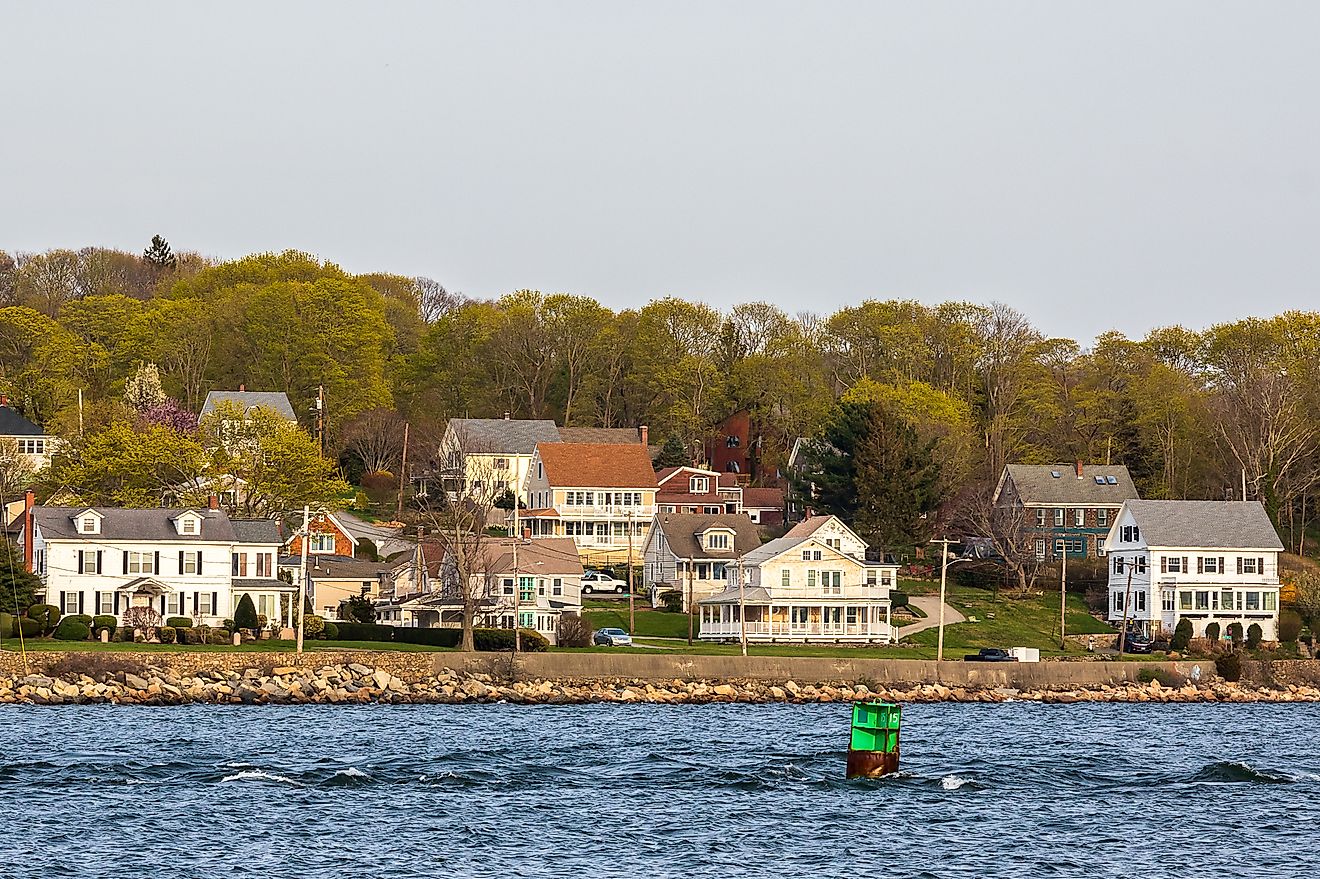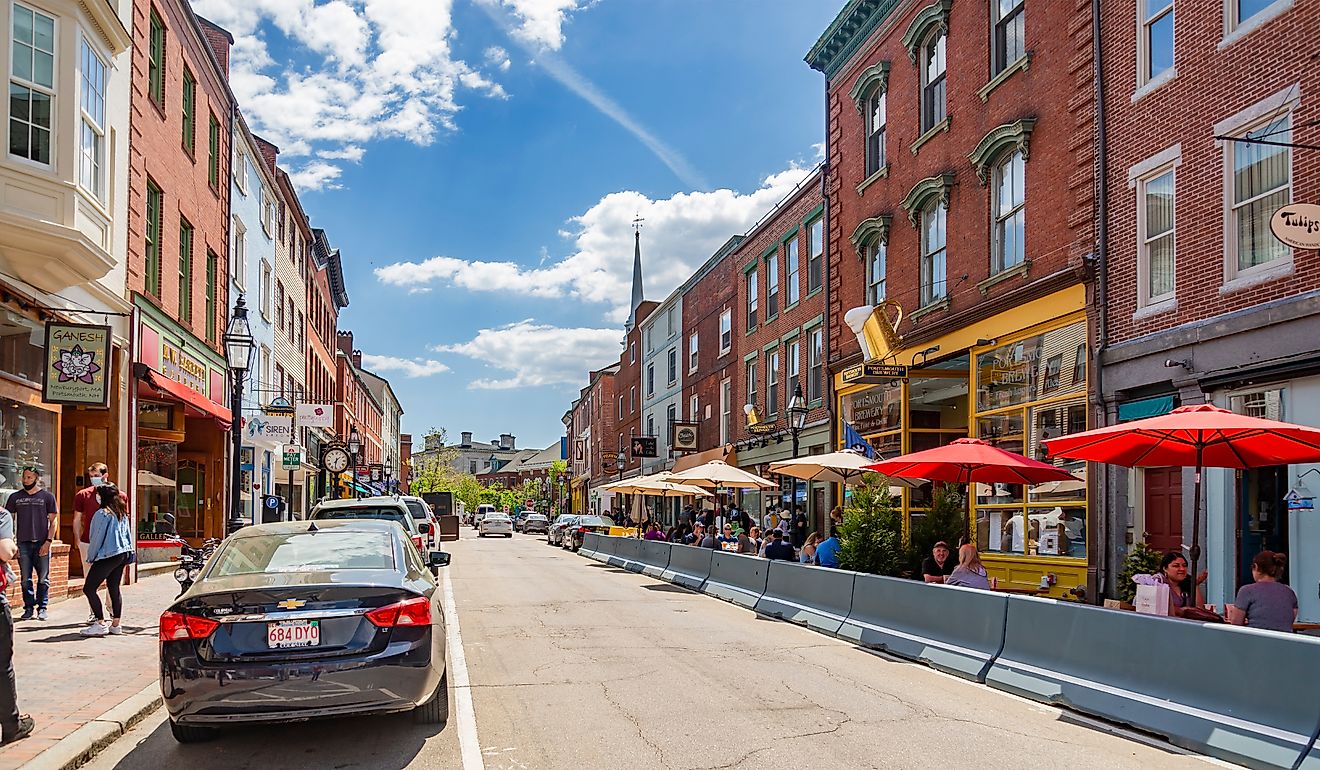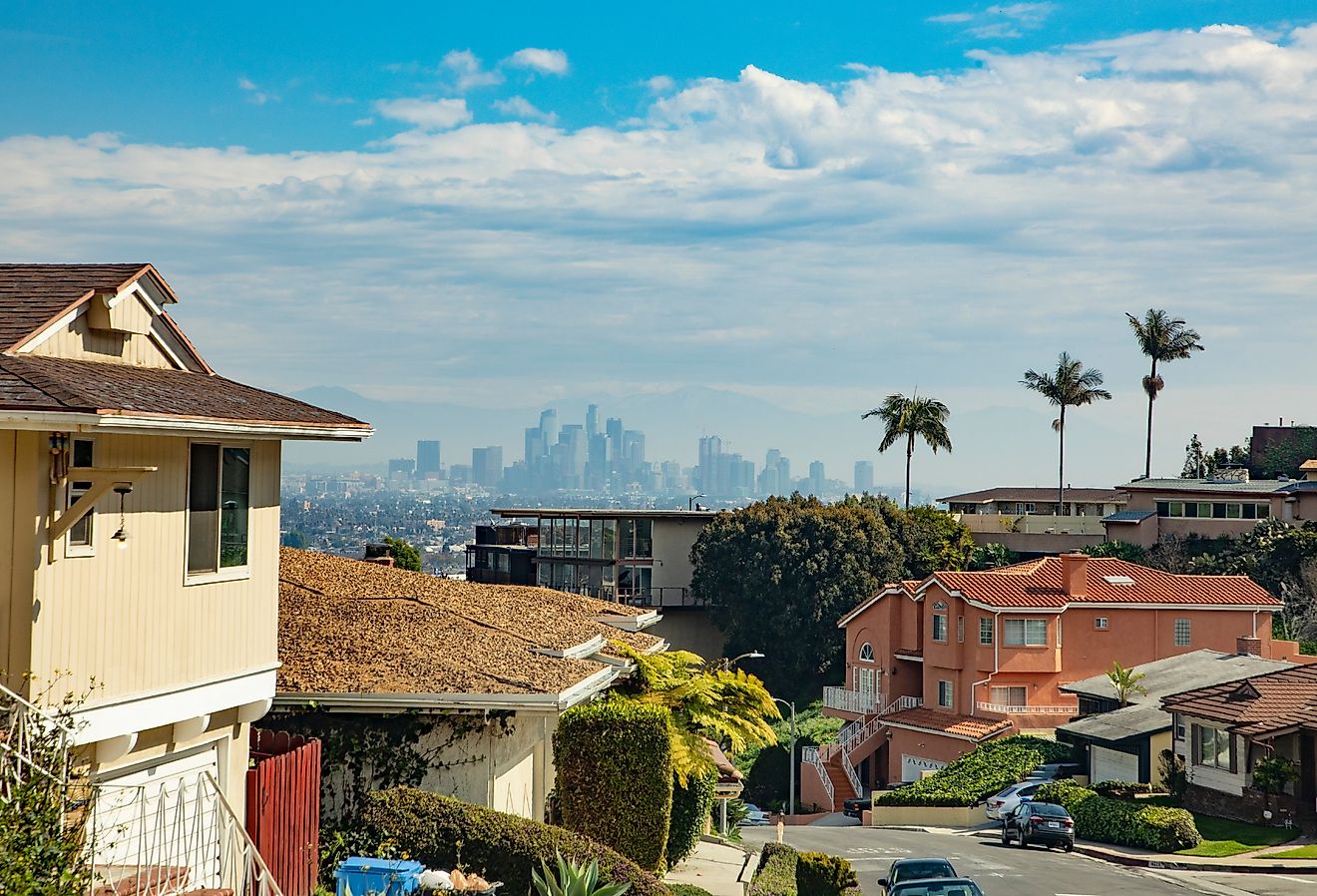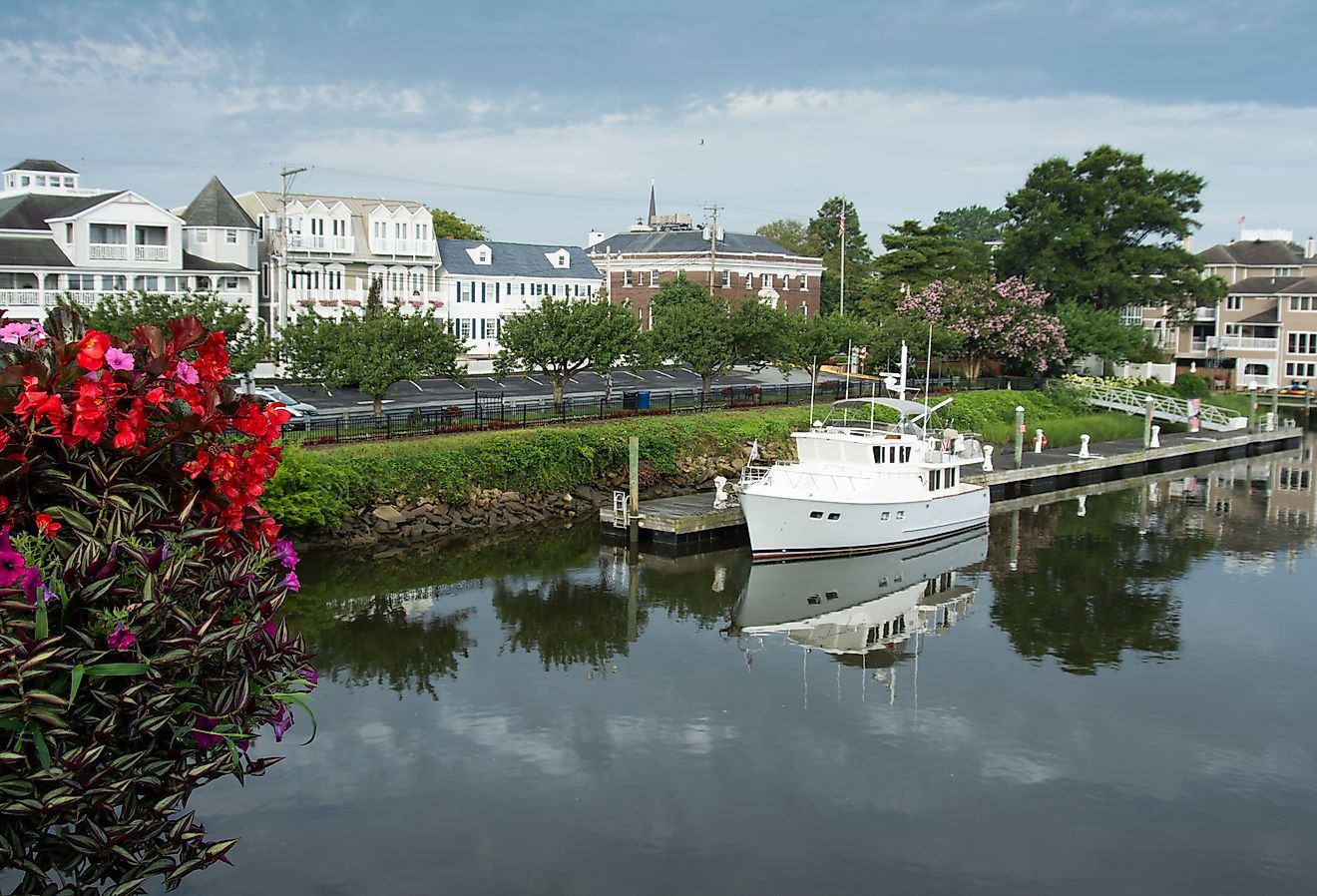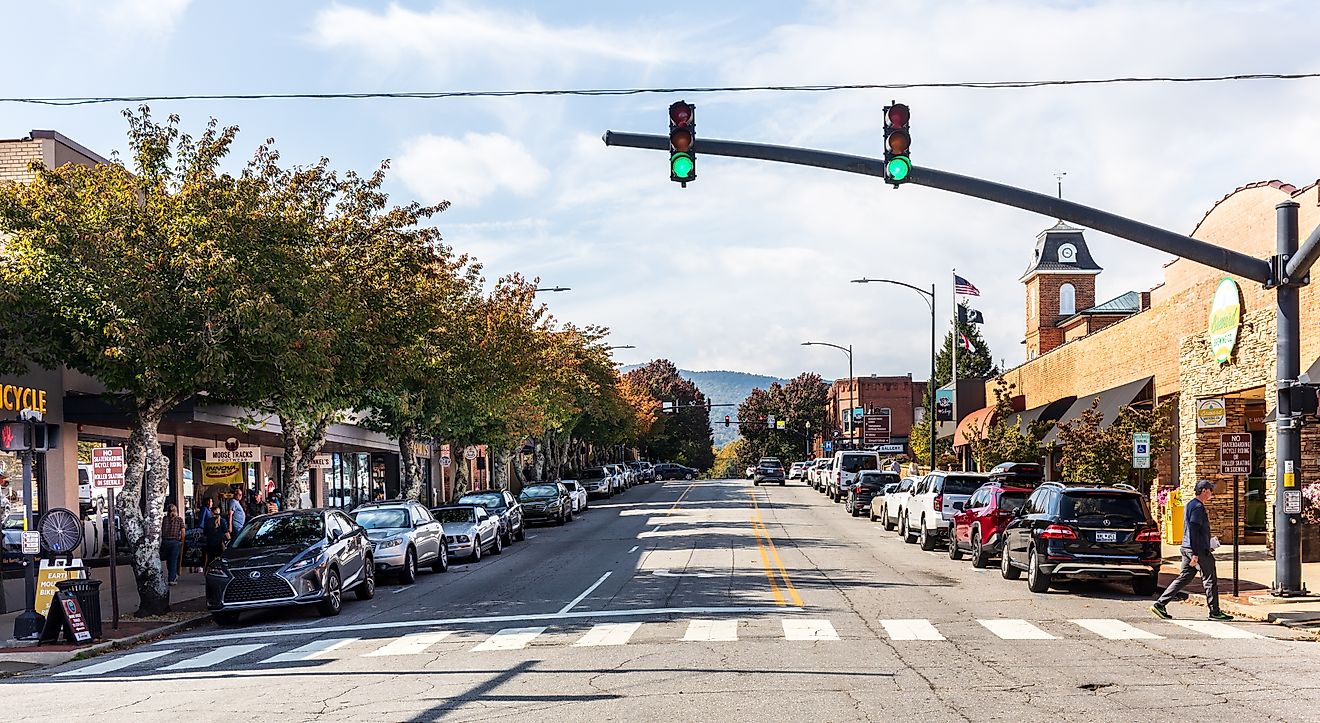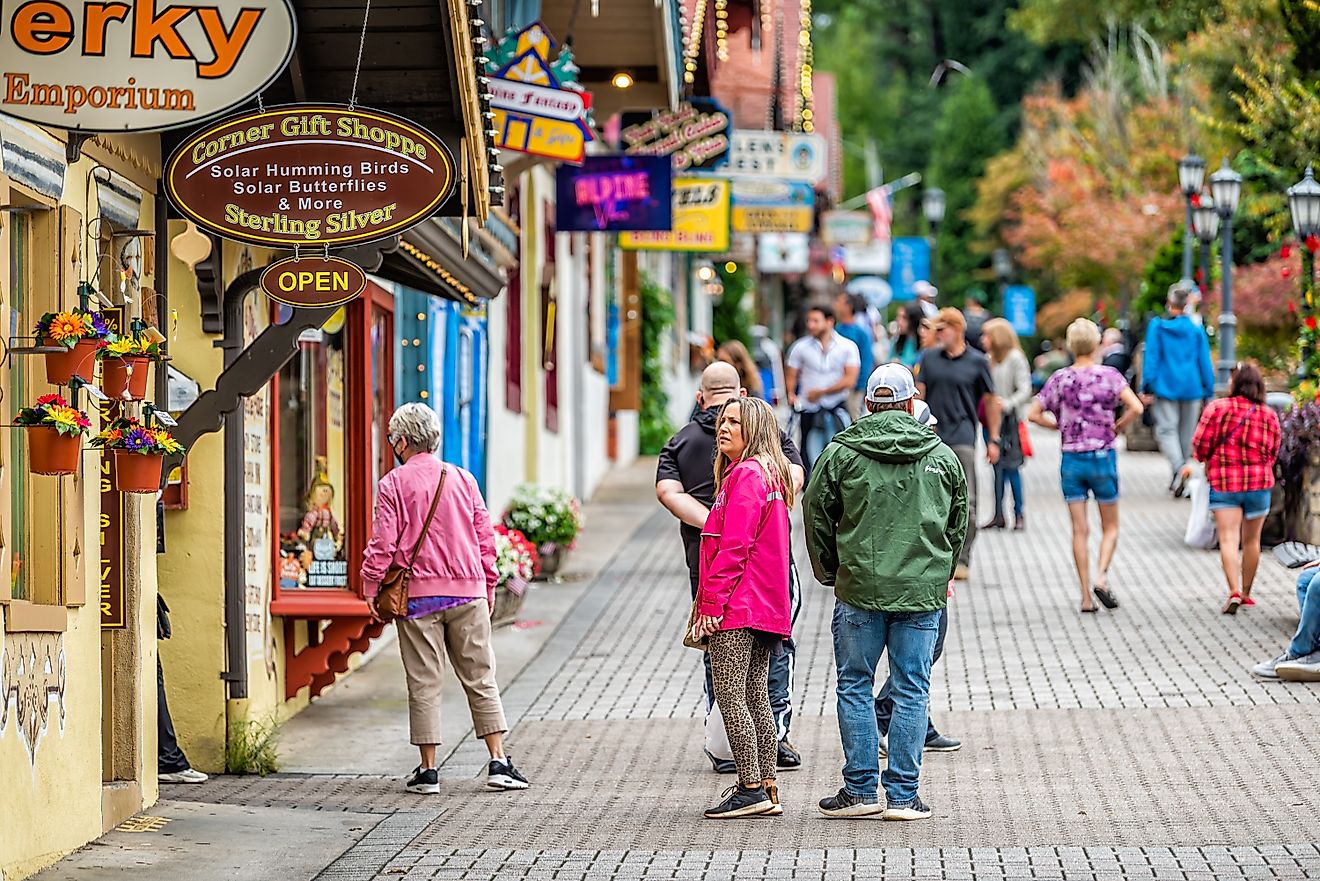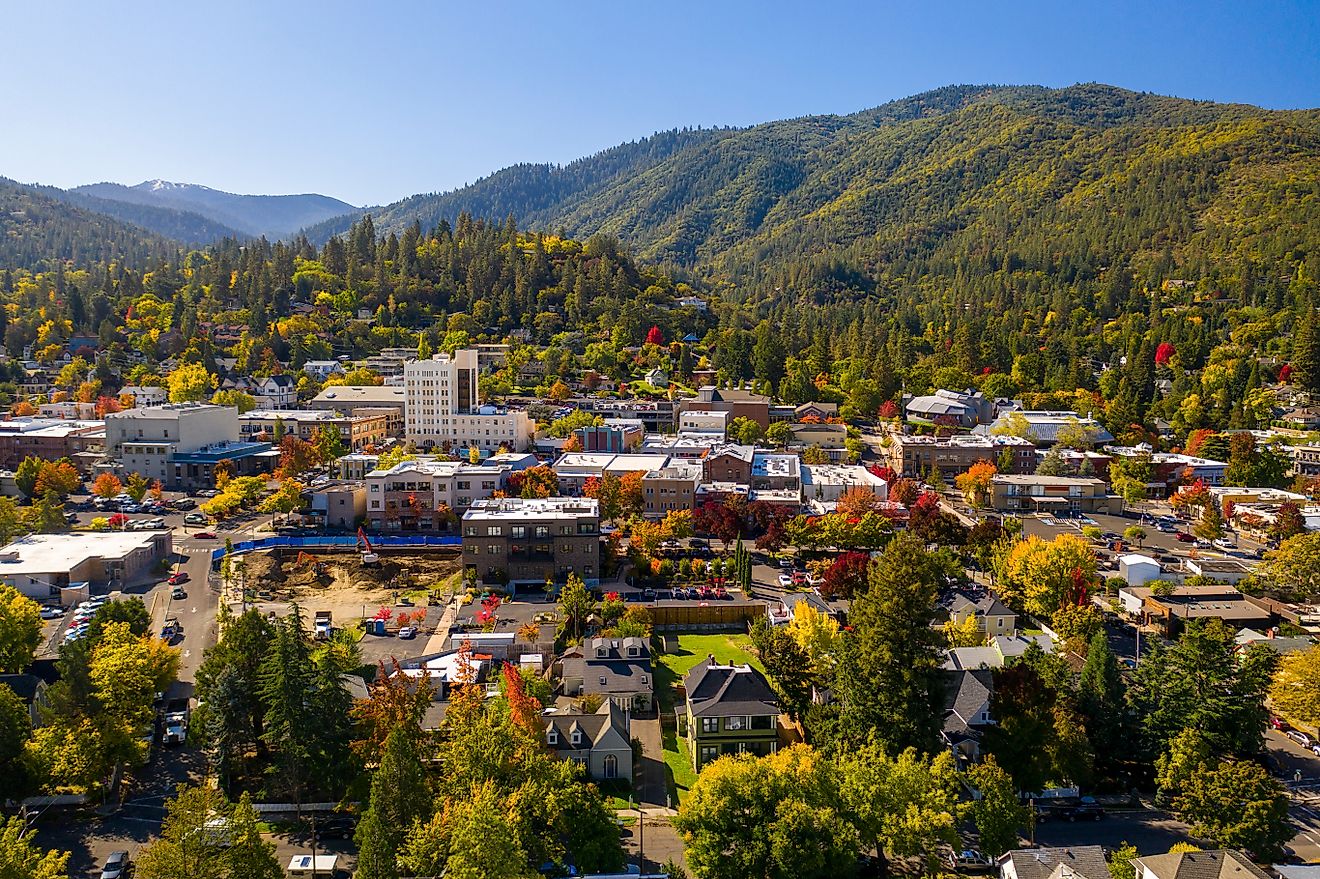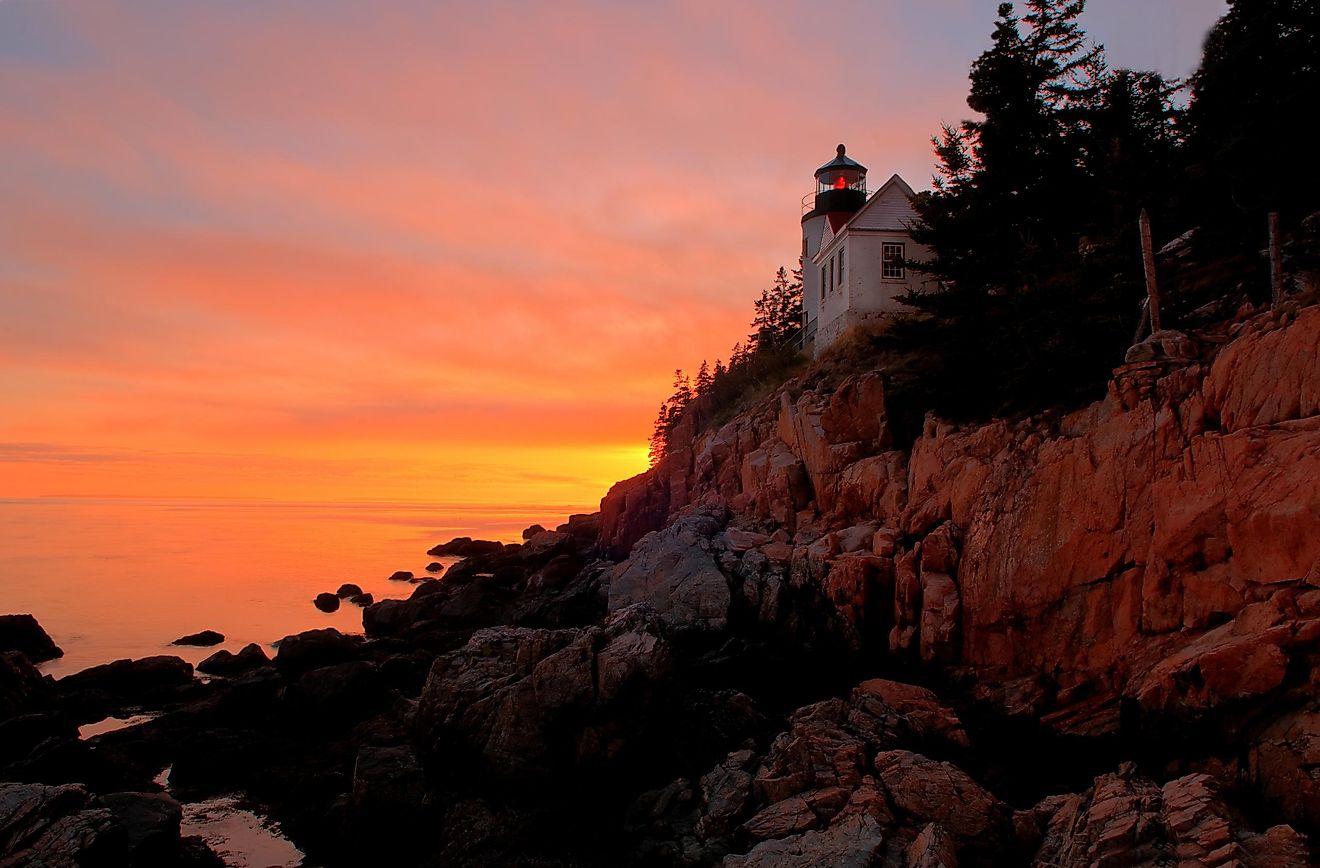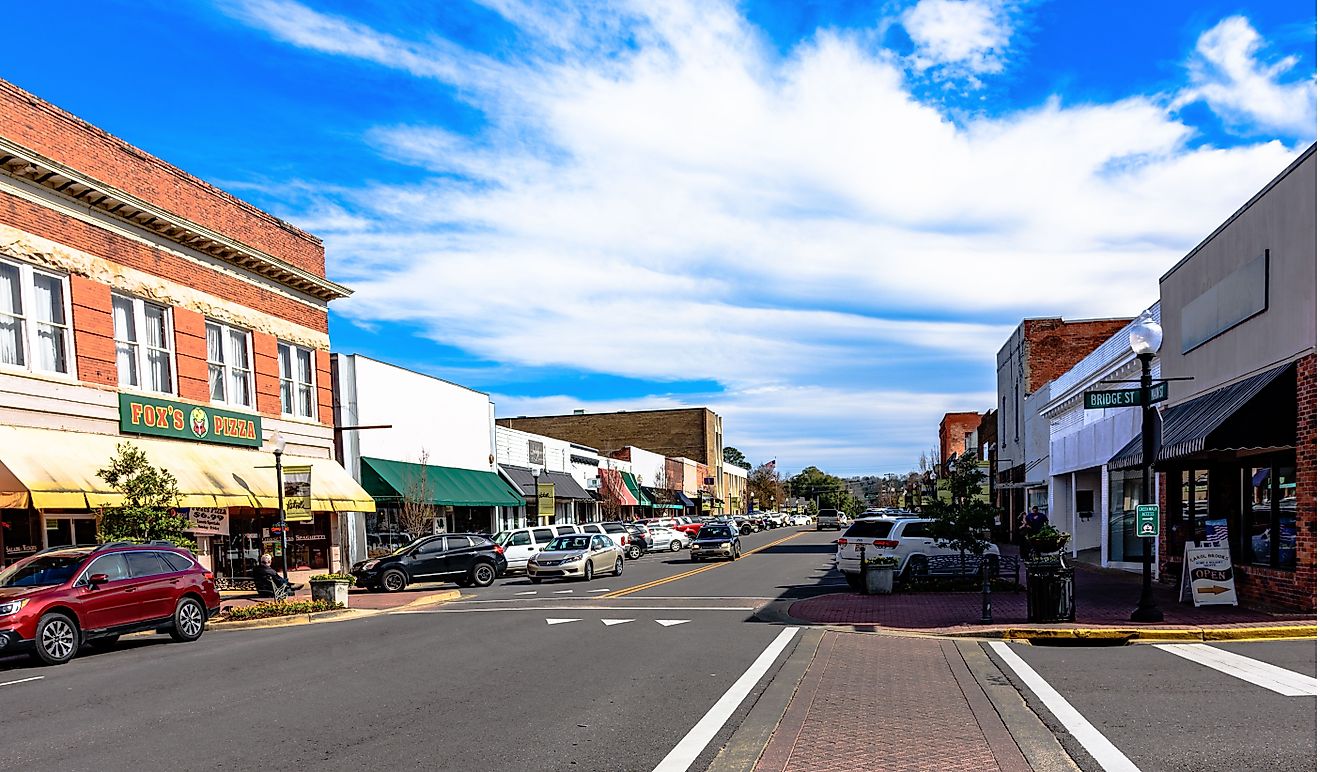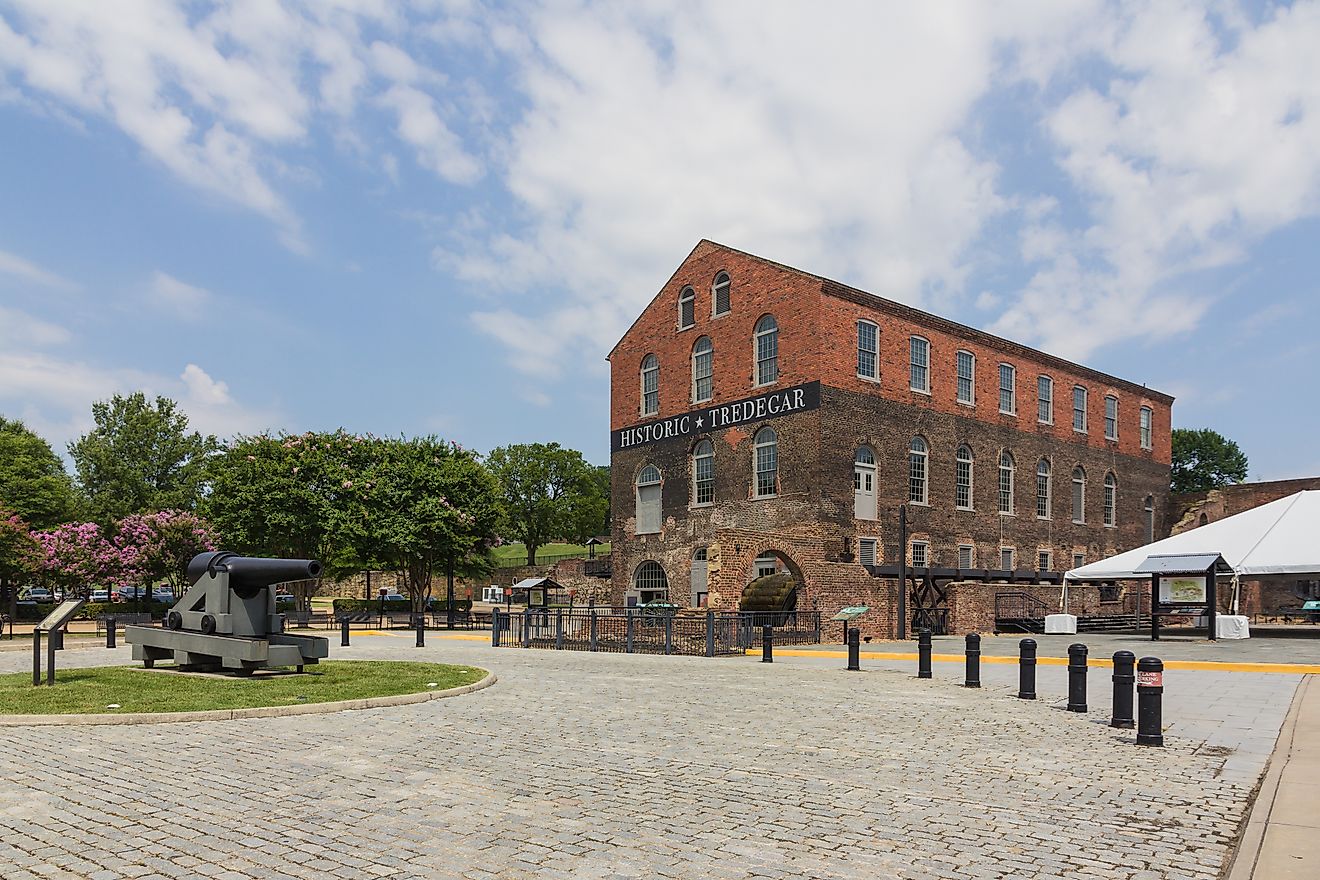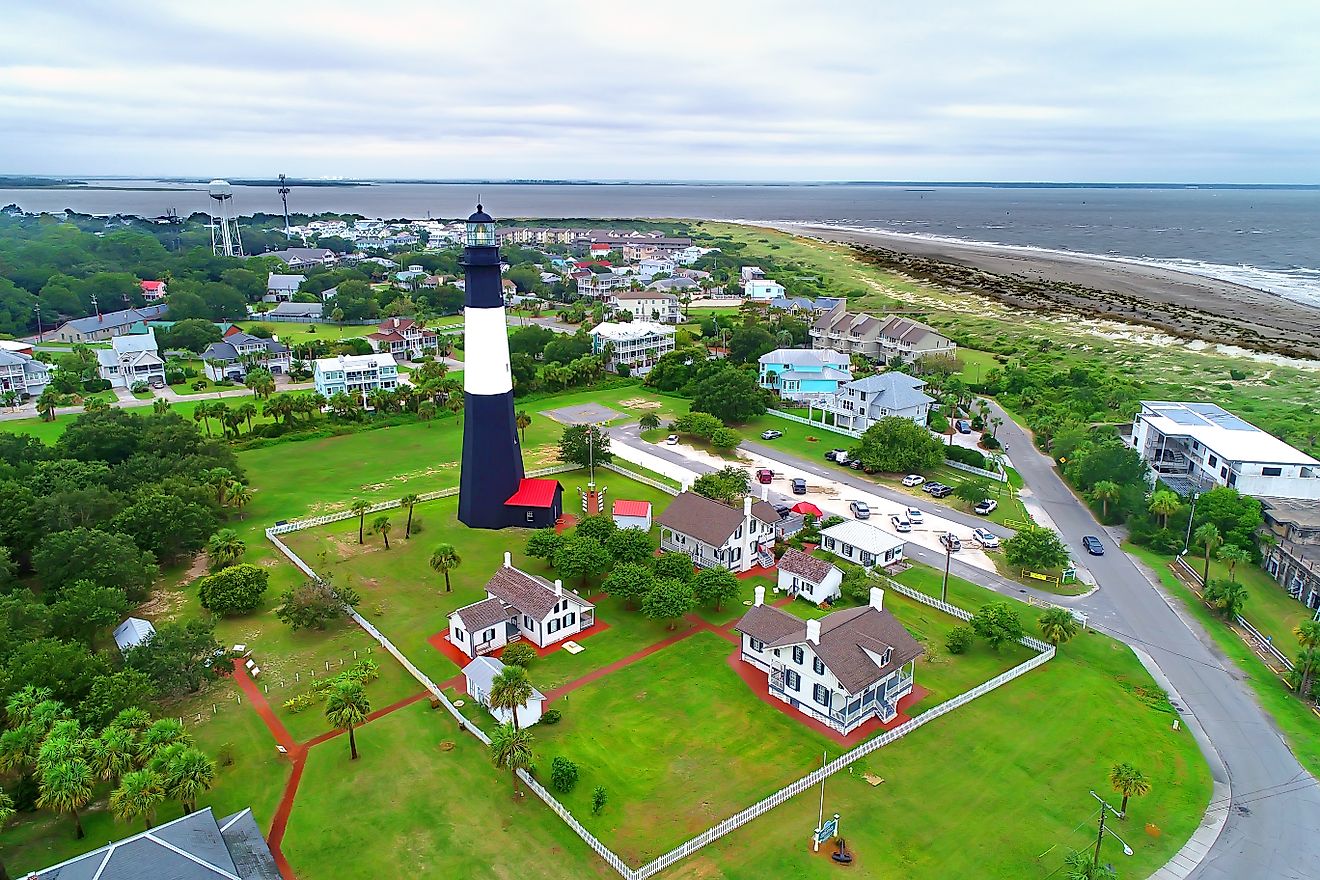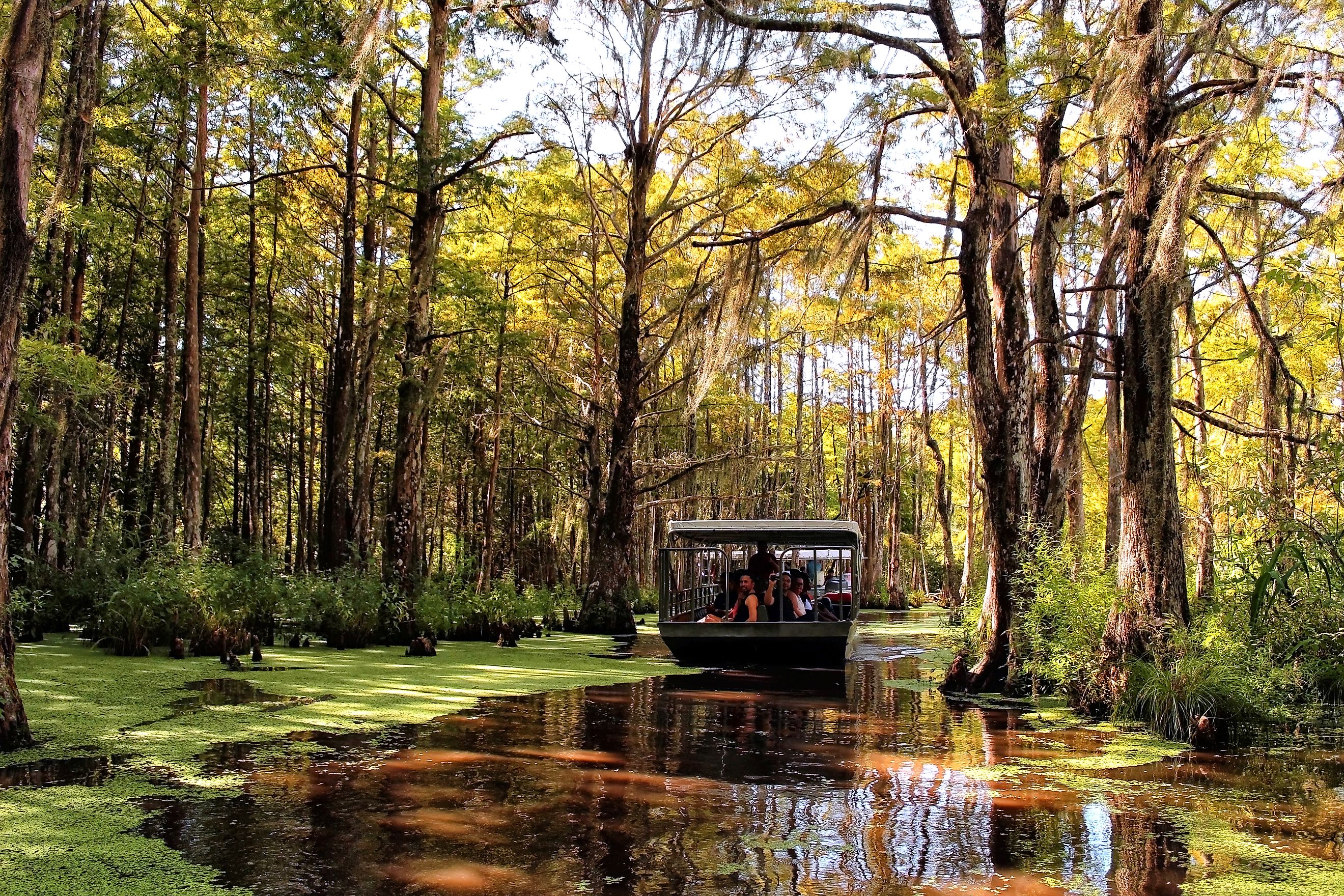
6 Best Natural Wonders To Visit In Louisiana This Year
Beyond its famed Mardi Gras celebrations, culinary scene, and New Orleans culture, Louisiana has some of the most unique natural landmarks and landscapes in the United States. From geologically rare islands to bewitching cypress-lined swamps, travelers can encounter some truly special scenes and experiences in this Southern state. Each natural wonder, whether maintained at a preserve, spotlit as a tourist attraction, or seemingly untouched by human development, would capture the heart of any nature lover in 2025.
Cypress Island Preserve
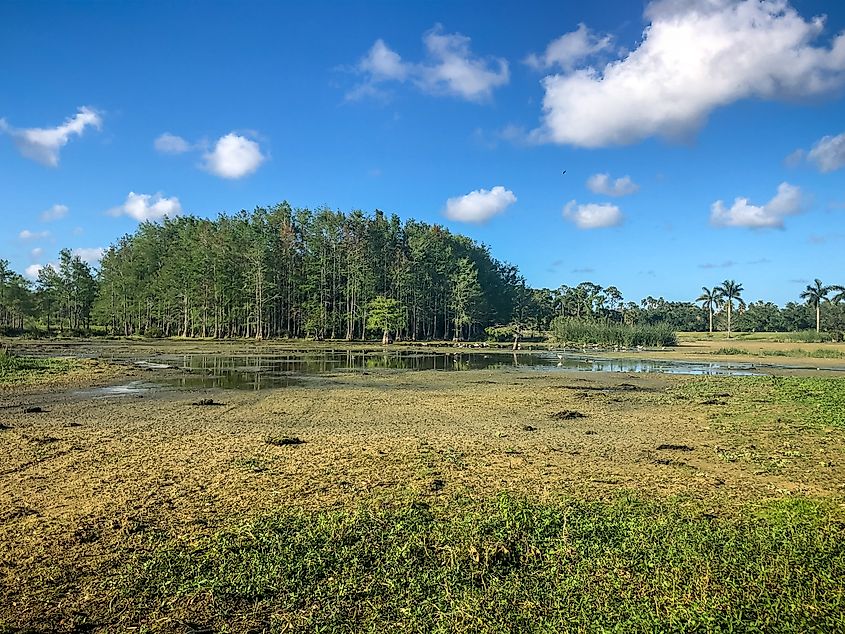
The Cypress Island Preserve is one of the best places in Louisiana to see the state’s iconic cypress trees and wildlife. Spanning nearly 10,000 acres, the park boasts a blend of cypress-tupelo swamp and hardwood forest habitats, supporting a range of enchanting flora and fauna. More than 300 of its cypress trees are over 300 years old, which can be best viewed from the popular 2.5-mile Levee Trail.
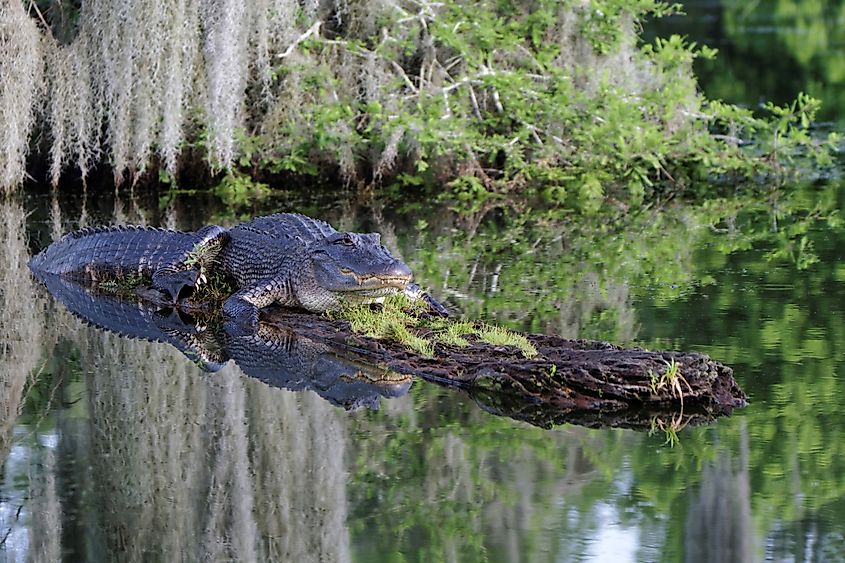
At the northern end of the trail, visitors can also find the park’s kayak launch to paddle the area’s swamp. Bear in mind that both the trail and launch are closed from around June through September during alligator nesting season. However, spring is undoubtedly the ideal time to visit the preserve anyway. With thousands of nesting birds like Roseate Spoonbills and Great Blue Herons migrating here each spring, Lake Martin comes alive with the colorful sights and sounds of a Louisiana swampland.
Atchafalaya Basin
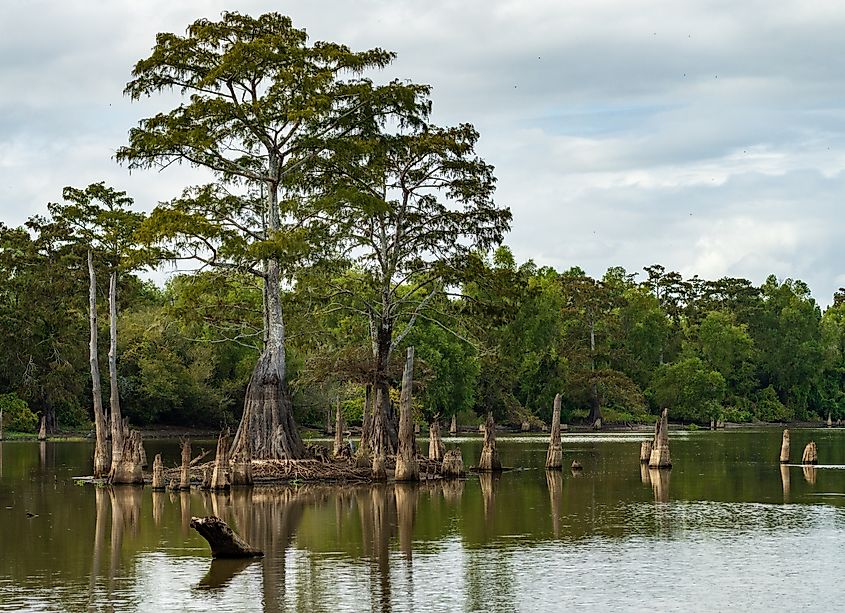
The Atchafalaya Basin, also called the Atchafalaya Swamp, shines as the largest wetland and river swamp in the country. The Basin began forming around 900 AD, and today, it spans nearly one million acres from the town of Simmesport toward the Gulf of Mexico. Its origins are linked to the Mississippi River, whose rerouted flow allowed the Atchafalaya River to overtake one of its abandoned channels. Gradually, this led natural levees (ridges of sediment along the river) to take shape, trapping overflow. The Basin features some of the country’s greatest bayous, cypress and tupelo swamps, backwater lakes, and bottomland hardwood forests.
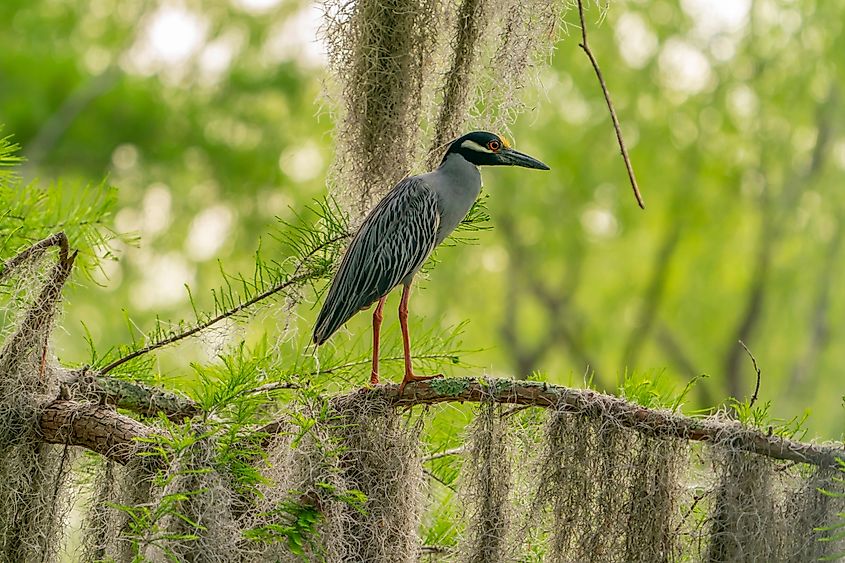
For paddlers looking to explore the Basin by kayak or canoe, its high-water season in spring is the best time to visit. After the Mississippi River floods the Basin each spring, this raises its water levels and carries additional nutrients to the wetland. Spring is also an excellent time to visit the Basin due to the mellowed heat and increased wildlife activity. Its habitats are home to around 65 species of amphibians and reptiles, over 250 known bird species, and other animals like beavers, black bears, and foxes. Tourist agencies like Atchafalaya Basin Landing & Airboat Swamp Tours are great for sightseeing and wildlife viewing, offering a local's perspective of the landscape.
Avery Island
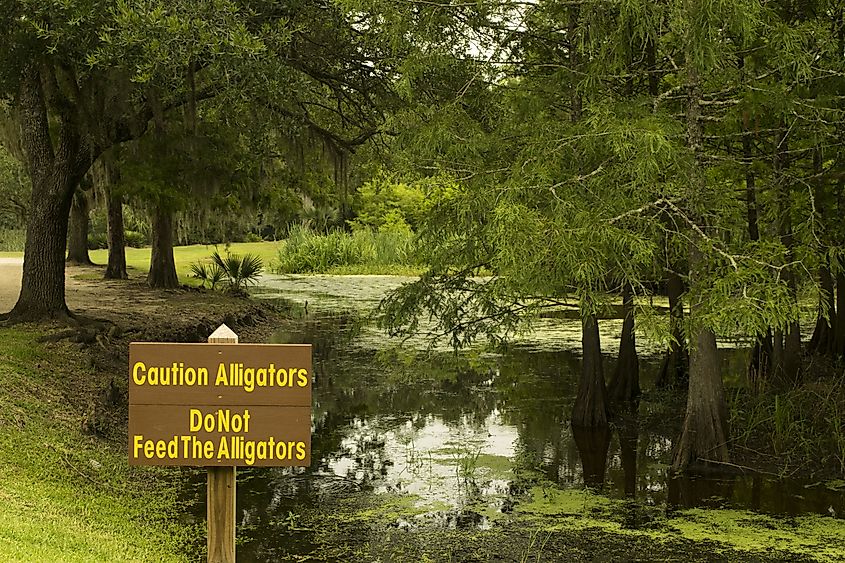
Although Avery Island is heavily branded as the birthplace of Tabasco, it also boasts one of Louisiana’s most extraordinary natural features. Some would argue that the island is not a natural wonder, as its main attraction, Jungle Gardens, is largely manmade. While it is true that the botanical garden features an array of non-native plant species from around the world, Avery Island’s natural beauty existed long before Jungle Gardens was opened to the public in 1935. Native oaks draped with Spanish moss cover the landscape, shading and enchanting visitors. However, the true wonder is in the island itself.
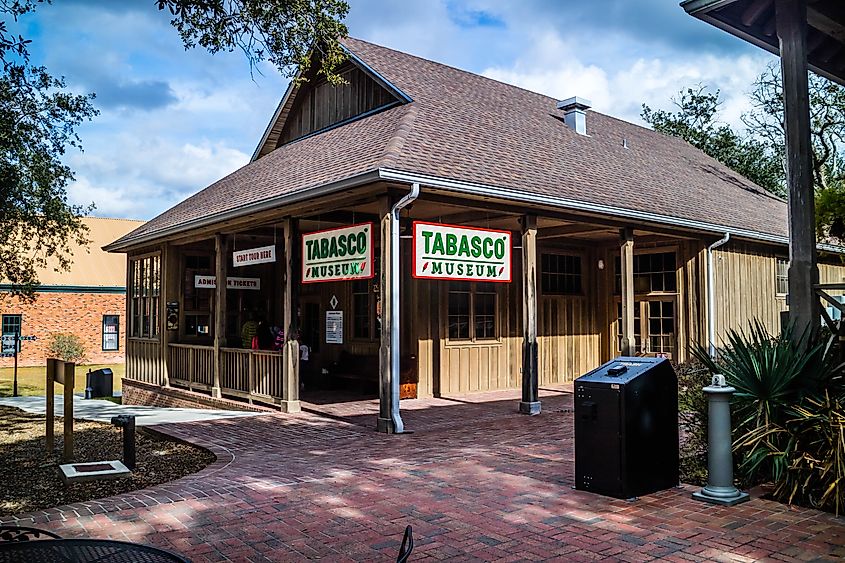
Often called a “geological oddity,” the island is one of five salt dome islands in Louisiana. Estimated to be “deeper than Mount Everest is high,” geologists speculate that the salt deposit is the leftover trace of an ancient seabed. They believe the previously buried seabed surfaced due to the pressure of its surrounding sediments over 165 million years ago, resulting in the Avery Island people see today. Much like other Louisiana attractions, the spring months of March and April and the fall months of October and November are popular times to visit due to milder temperatures. Spring, however, is preferred by those hoping to see Jungle Gardens in full bloom.
Honey Island Swamp
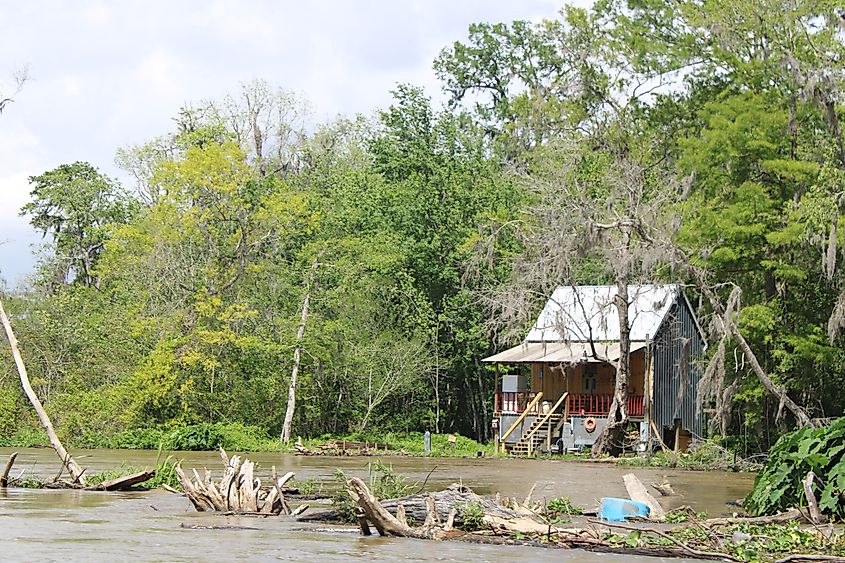
In eastern Louisiana, travelers can find Honey Island Swamp, a beautiful wetland frozen in time. Named after the area’s once-abundant honeybees, the Honey Island Swamp has a colorful past, yet its landscape remains largely unaltered. From the first Indigenous who thrived off the landscape to the trappers and fishermen that followed, the area was utilized while remaining undeveloped. It even played a role as an escape and transport route during Prohibition. Bootleggers took advantage of the swamp’s secluded and complicated layout to evade the law, hiding their whiskey and moonshine in hollowed-out cypress trees.
This dense and sheltered setting between the East and West Pearl Rivers is largely why the swamp remains frozen in time, even in 2025. Today, it is also part of the Pearl River Wildlife Management Area, which maintains this preservation. Nevertheless, the area can still be explored. Honey Island Swamp Tours are a great way to experience some of the swamp’s 70,000 acres, which can be tricky to navigate without a native guide. Summer tours can feel a bit too humid and uncomfortable, making spring or fall the best seasons to visit. However, spring steals the show for wildlife viewing, with many of the swamp’s alligators and birds at their most active.
Barataria Preserve
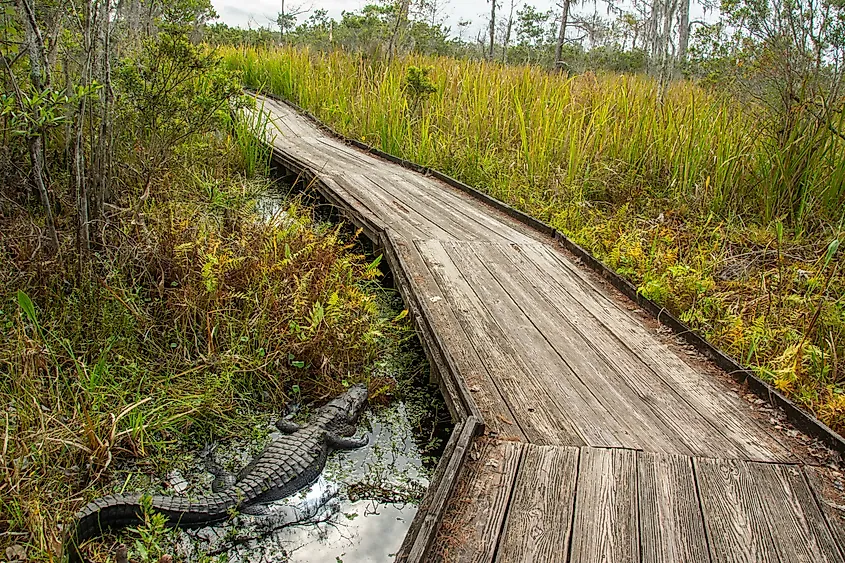
The Barataria Preserve, a portion of the Jean Lafitte National Historical Park and Preserve, is another stunning example of the state’s wild wetlands, offering even more to explore. While smaller than Honey Island Swamp at 26,000 acres, the preserve is more developed for tourists to navigate its swamps, marshes, forests, and bayous. The preserve is also just a 30-minute drive from vibrant New Orleans, making it a popular escape from the city. April is an especially great time to visit when the Barataria Preserve takes part in the annual “Spring in the Swamp” event. While exact 2025 dates are yet to be determined, spring is generally a good time to visit Barataria for its wildflower blooms, which include giant blue irises.
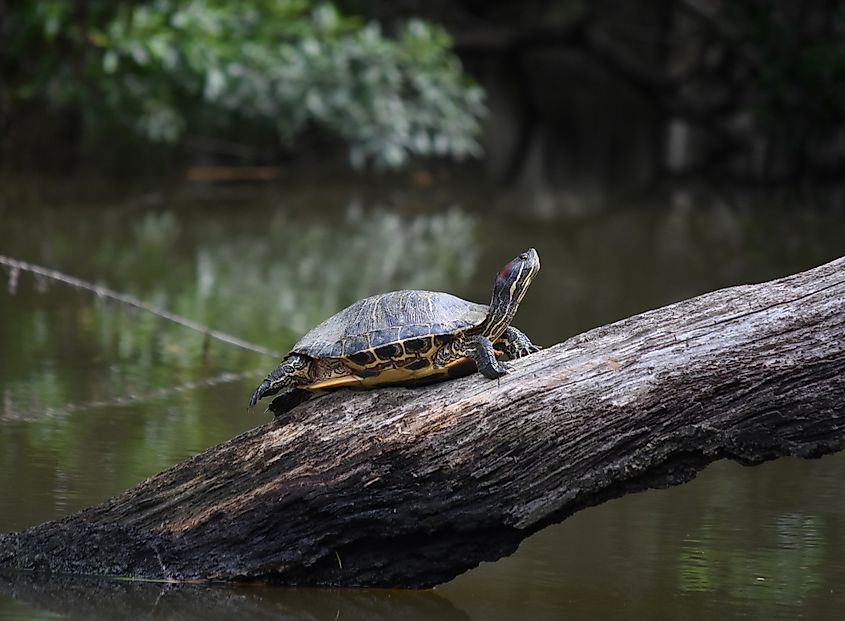
Visiting Barataria outside of spring comes with its own rewards. For instance, the preserve’s freshwater marsh transforms into a bright green each summer, while its autumn landscape brightens with red maples and yellow bur marigolds. While some of the preserve’s trails are still being redesigned and reconstructed after Hurricane Ida in 2021, paths like the Bayou Coquille Trail and Visitor Center Trail remain open, both of which are wheelchair accessible. Paddling the park’s seven interconnecting waterways is another popular way to explore the park, with three canoe launches to choose from.
Kisatchie National Forest
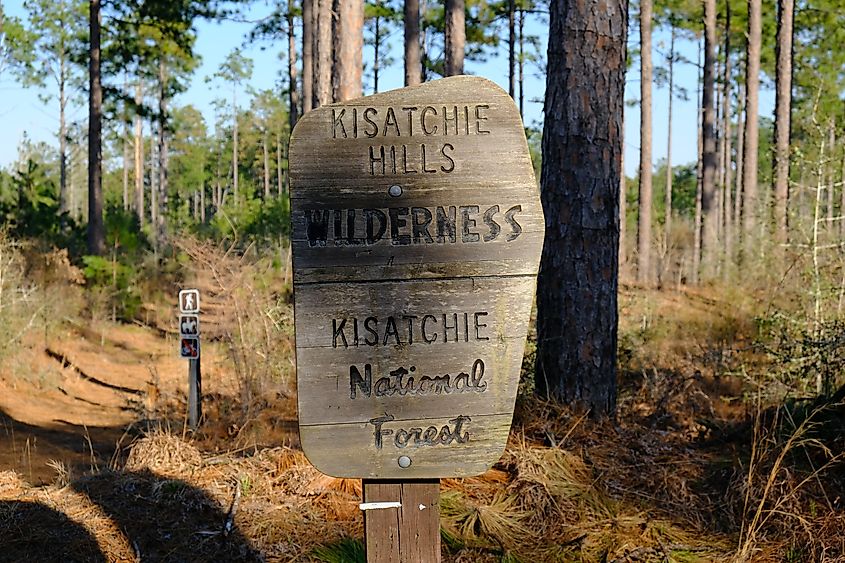
For a change of scenery, why not visit Louisiana’s one and only national forest? Blanketing over 600,000 acres, Kisatchie National Forest is a hub of natural beauty and recreation, showcasing a different side of Louisiana beyond its swamps. With over 100 miles of hiking trails to choose from, the park can feel a bit overwhelming at first. However, each comes with its own extraordinary sights and scenes along with a range of trail lengths and levels, depending on what you are looking for. For instance, families and less experienced hikers love the 1.5-mile Longleaf Vista Interpretive Trail loop for its easygoing path, ridge views, and picnic areas.
The time of year may also influence your choice of trail or attraction since many shine brighter in certain seasons. The Wild Azalea Trail, for instance, blooms with a stunning array of azaleas in the spring, and the Sugar Cane Trail around Caney Lake also comes alive with wildflowers in spring and summer. Spring and fall are also the best times to explore the Iatt Lake Observation Pier for birding, with migratory birds taking to the water’s edge. These cooler months are also preferred for the forest’s longer hikes, like the Longleaf Trail Byway. With elevations ranging from 80 to 400 feet, this rugged 17-mile route features gorgeous views of the forest’s longleaf pines, sandstone outcrops, and Kisatchie Bayou.
The Takeaway
In addition to its exciting festivals and cities, Louisiana’s natural wonders encapsulate the true essence of the Bayou State, inviting travelers to explore its rich and diverse landscapes and terrains. Paired with the cultural attractions and classic tourist experiences, these natural wonders will deepen your understanding of Louisiana, leaving you with memories beyond the Mardi Gras beads and Jazz. Whether paddling the Atchafalaya Basin, sitting back for a Honey Island Swamp Tour, or hiking Kisatchie National Forest’s wildlife paths in spring, your time in Louisiana’s great outdoors will be truly unforgettable.
